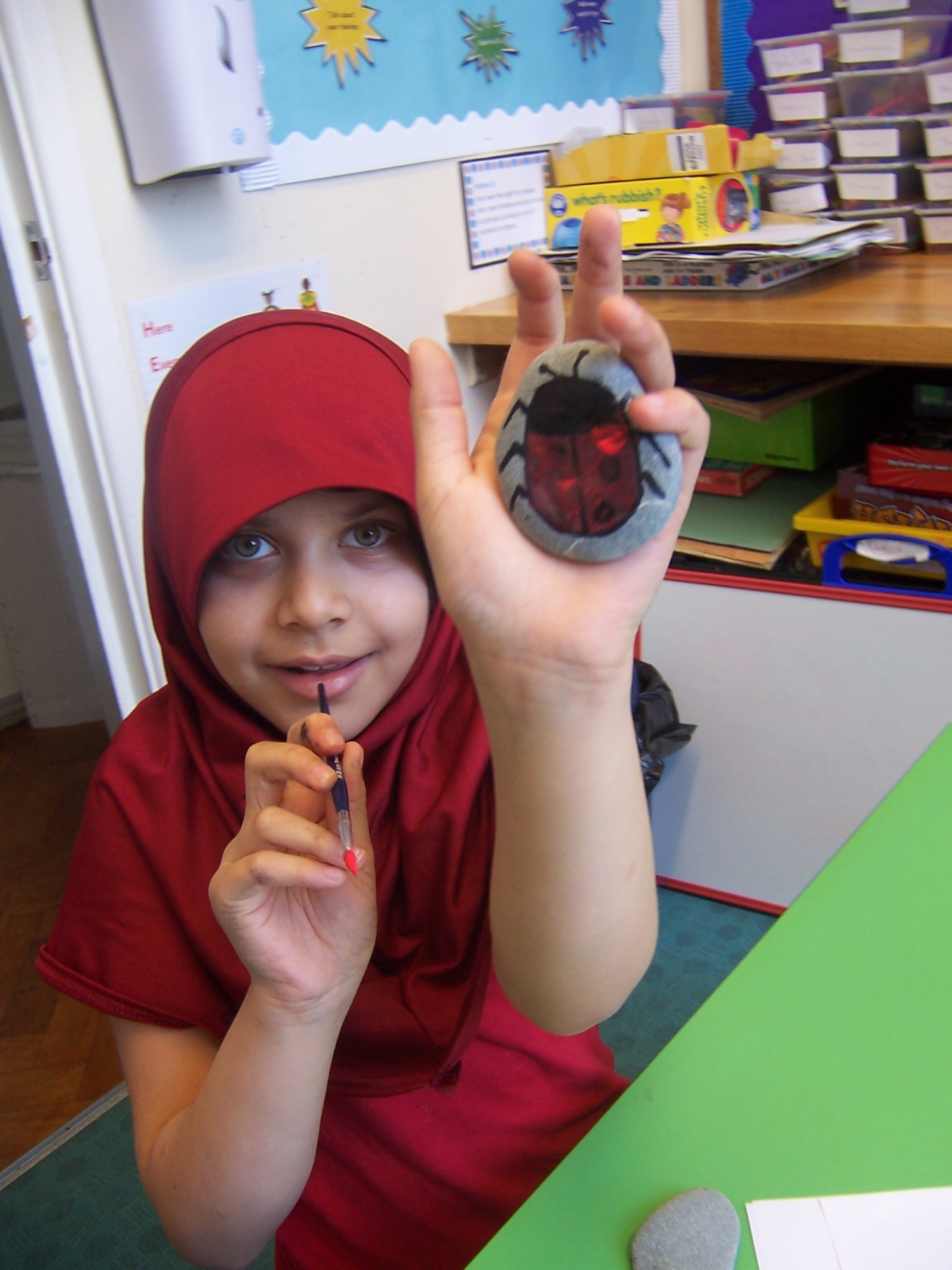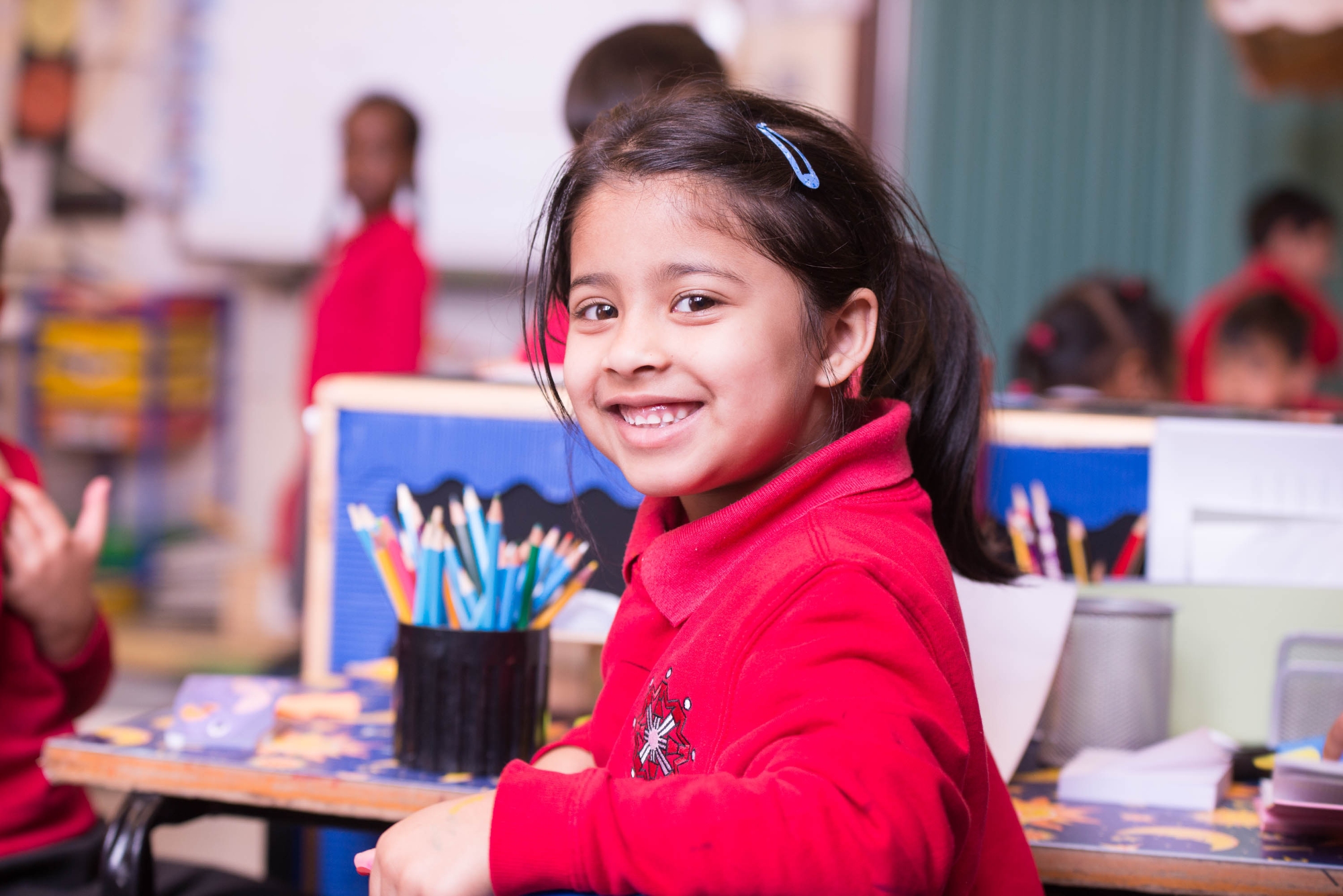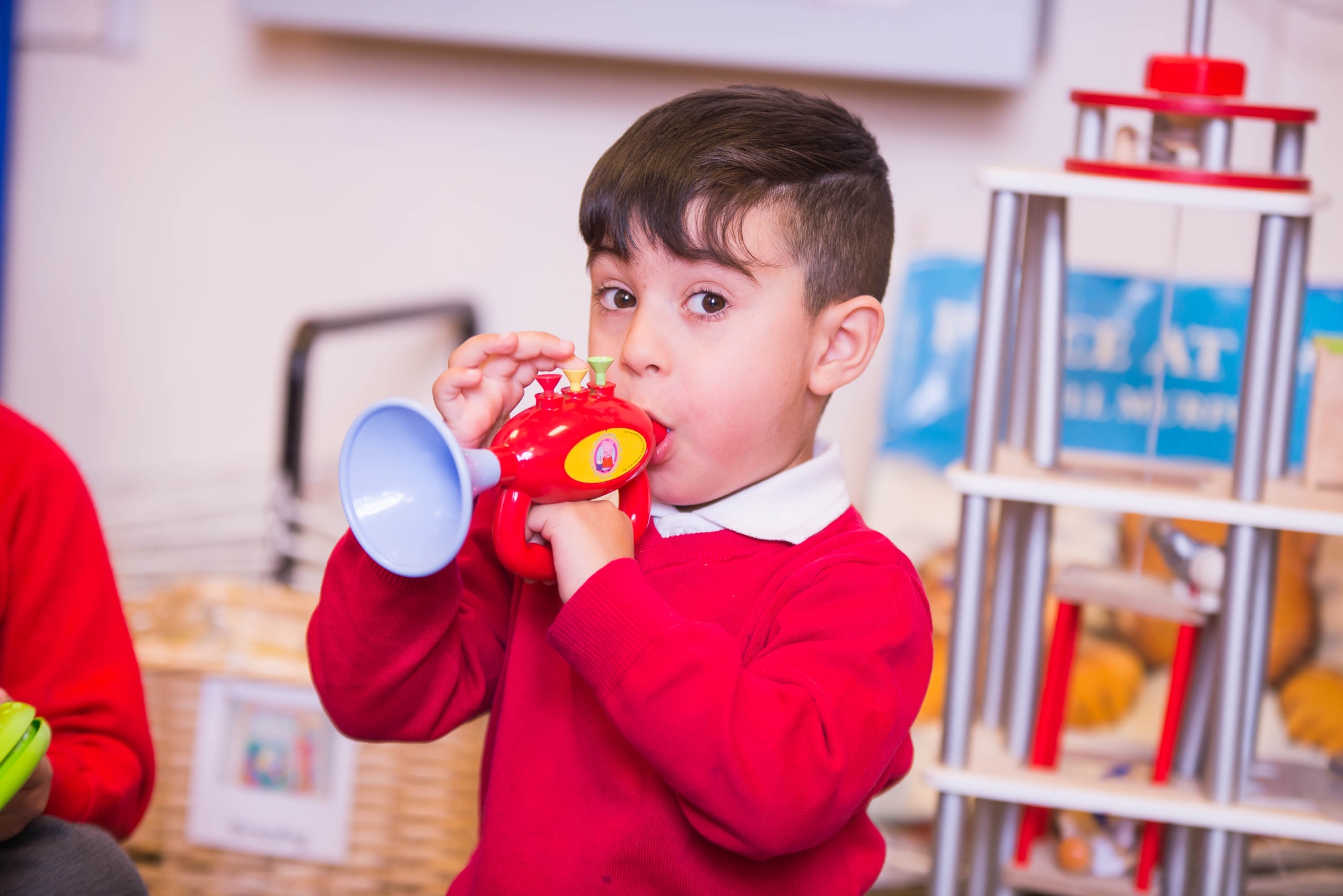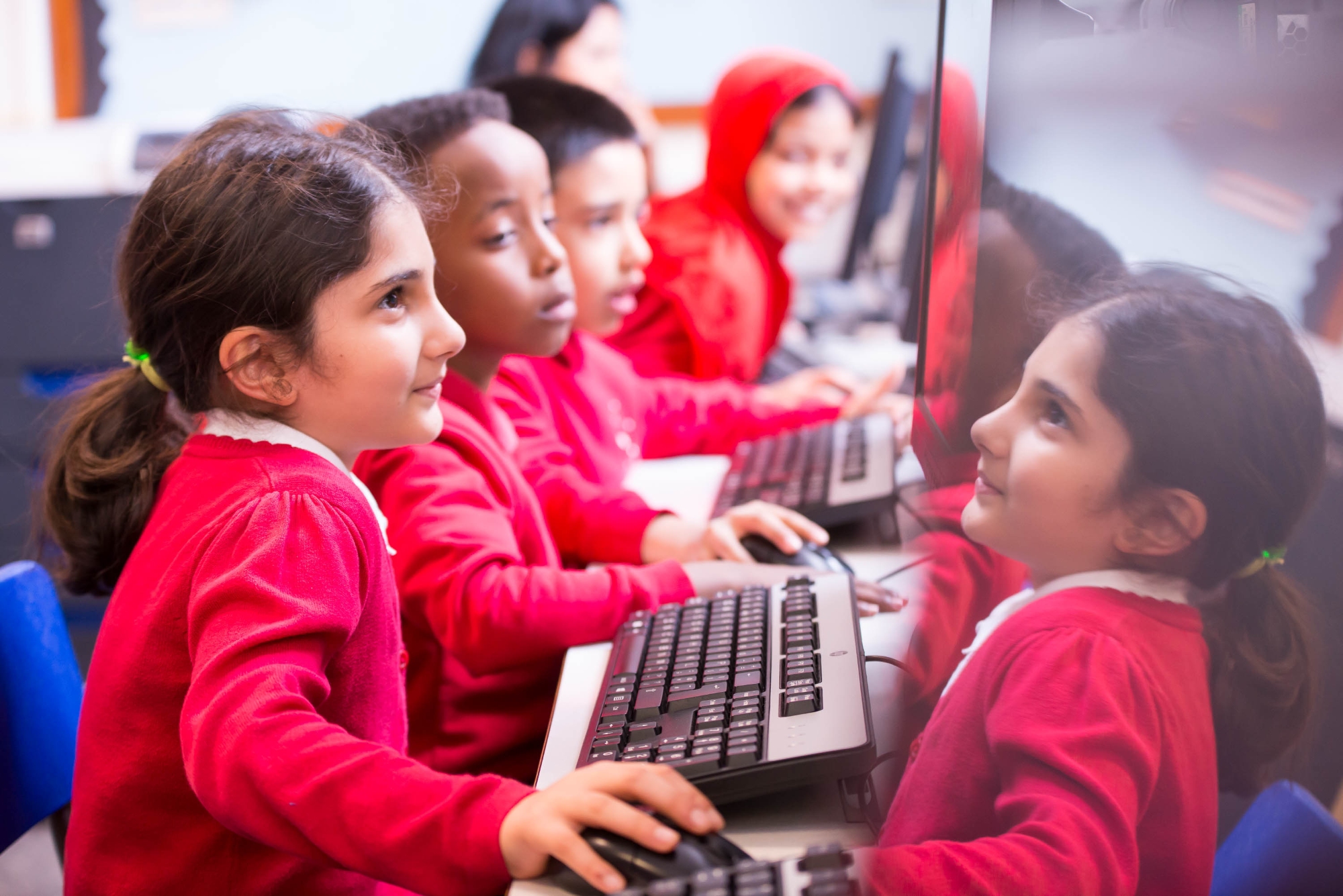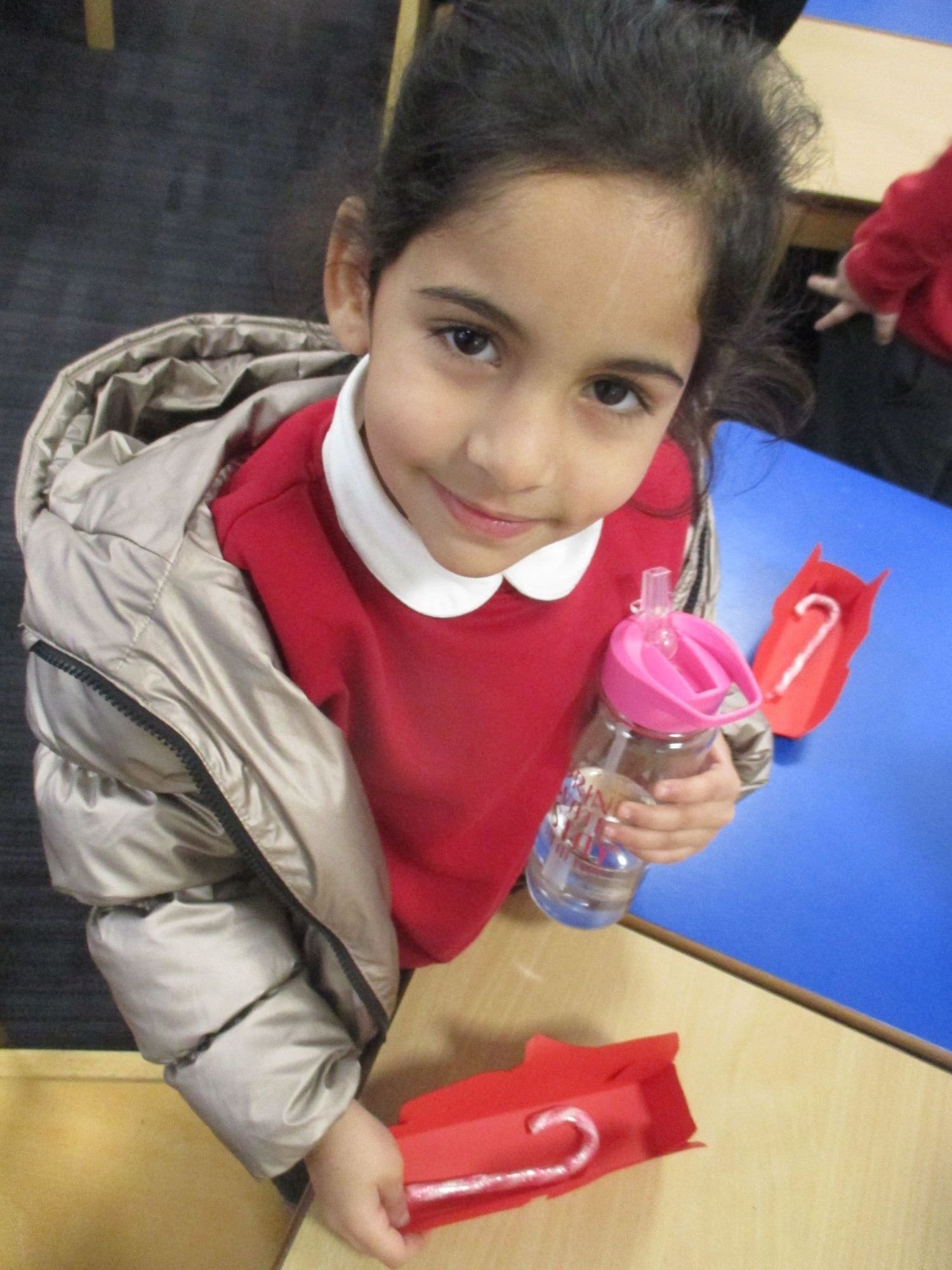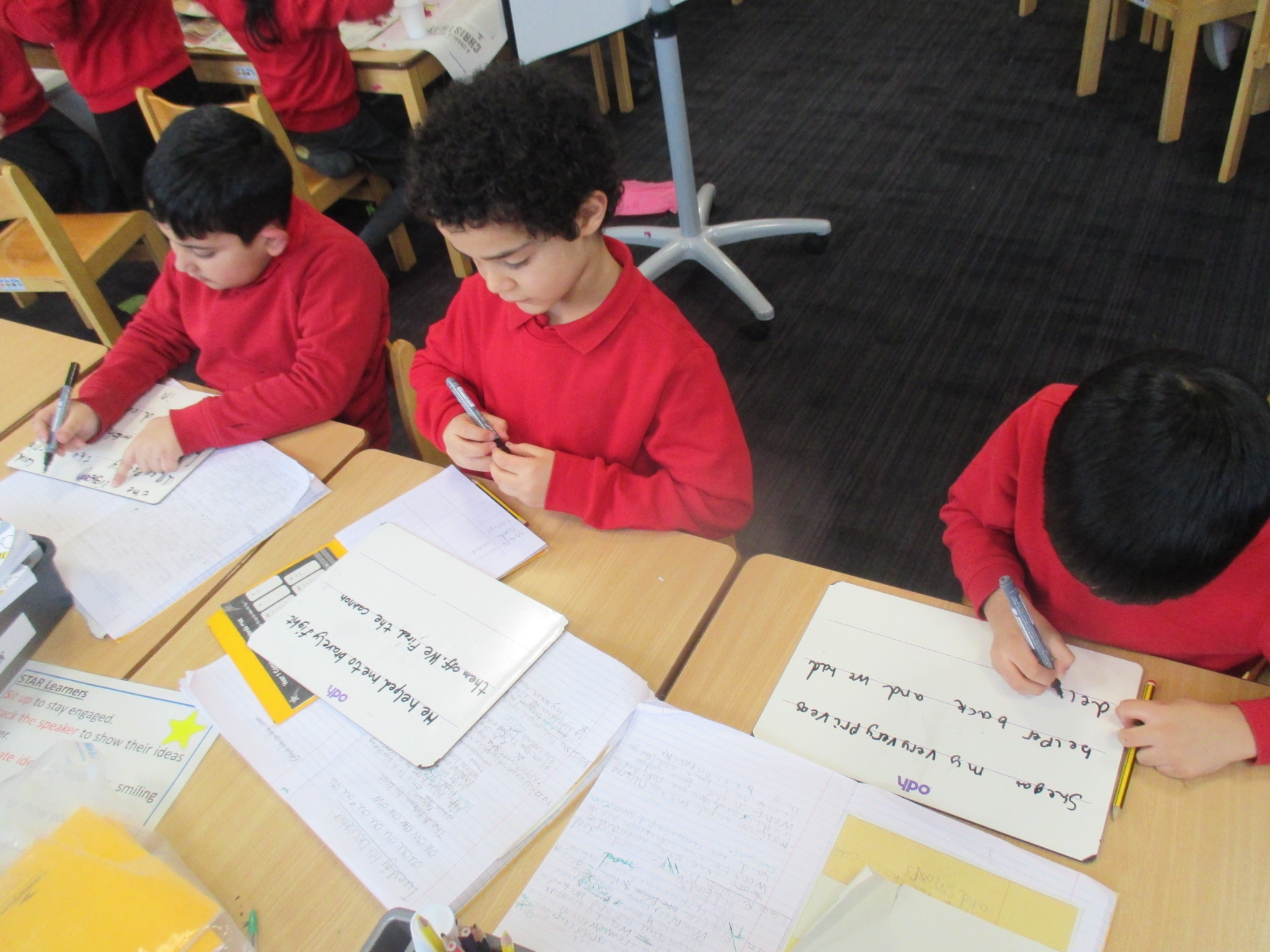Art & Design
Meet Claire Witcomb - Our Artist in Residence!
Intention
What are we trying to achieve?
Our starting point for art at St Benedict's Primary School is and always will be the children. We aim to develop the knowledge and skills of the primary art curriculum as outlined by the EYFS curriculum and the National Curriculum. We strive for our children to develop a passion for art as well as expand their skills in communication, expression, creativity and thinking.
Implementation
How do we organise this?
The Cornerstones Curriculum breaks down these programmes of study into a progressive framework of learning through challenging Imaginative Learning Projects. The ILPs cover a range of art skills and knowledge which progresses throughout the year groups.
EYFS
Our curriculum starts by developing art skills and exploration in the EYFS. Children are exposed to a range of media and materials to explore freely and use in creative ways. Children engage in activities such as painting, drawing, collage, modelling, combining materials and printing activities.
Key Stage 1
In Key Stage 1, each autumn term begins with the colour project Mix It. The teaching of this project in Years 1 and 2 enables children to be introduced to and then revisit colour theory and provides plentiful opportunities for children to explore primary and secondary colours.
Year 1 begins by exploring themes directly related to the children themselves, such as their facial features, the surrounding natural world and their local community. In Year 2, the projects expand children’s artistic horizons to study a more comprehensive range of artists, artistic movements and creative techniques.
Lower Key Stage 2
In Lower Key Stage 2, each autumn term begins with the colour project Contrast and Complement. In Years 3 and 4, the teaching of this project enables children to build on their previous understanding of colour and further develop their expertise by studying theory.
In Year 3, children expand their experiences to study a broader range of art forms, artists and genres. They also begin to study art from specific and diverse periods of history, including prehistoric pottery. Other genres studied in Year 3 build on previous techniques learned in Key Stage 1 and include more complex techniques in printmaking, drawing, painting and textiles.
In Year 4, children develop more specialised techniques in drawing, painting, printmaking and sculpture. They explore ways in which ancient cultures have influenced art and crafts by studying, for example, medieval weaving techniques.
Upper Key Stage 2
In Upper Key Stage 2, each autumn term begins with the colour project Tints, Tones and Shades. Teaching these projects in Years 5 and 6 enables children to build on their previous understanding of colour theory and develop further expertise with colour by studying tonal variations and more complex colour charts.
In Year 5, children develop and combine more complex artistic techniques in a range of genres, including drawing, painting, printmaking and sculpture. Children continue to build on their understanding of other historical periods and cultures by studying the ancient Chinese art form of taotie and the significance of the Expressionist movement.
In Year 6, children are encouraged to work more independently in projects like Environmental Artists. Such projects require them to consider more conceptual representations of personal, environmental, social or political messaging. Children explore diversity in art by studying the project Trailblazers, Barrier Breakers.
Impact
How do we know this is successful?
The Art curriculum is monitored and provision is reflected on. Evidence is gathered from pupil work samples, planning, pupil voice, observations and learning walks. This ensures that pupil progress can be tracked and feedback can be provided to move practice forward. Through assemblies and art competitions throughout the year children have the opportunity to share their art work, showcase and celebrate their creativity and skills in art.
The Art curriculum is underpinned by the UN Convention on the Rights of the Child.
Art & Design Policy
Art & Design Curriculum Overview
Art & Design Progression
Autumn 1
ArtsMark
ArtsMark Presentation
ArtsMark Statement of Commitment
Art Festivals
Art Festivals
Knowledge Organisers
Year 1
Funny faces and Fabulous
Mix it
Rain and Sunrays
Street View
Year 2
Flower head
Mix it
Portraits and Poses
Still life
Year 3
Contrast and Complement
People and Places
Prehistoric Pots
Statues, Statuettes and Figurines
Year 4
Contrast and Complement
Statues
Vista
Warp and Weft
Year 5
Expression
Line, Light and shadows
Taotie
Tints, Tones and Shades
Year 6
Bees, Beetles and Butterflies
Environmental Artists
Tints, Tones and Shades
Trailblazers, Barrier Breakers


